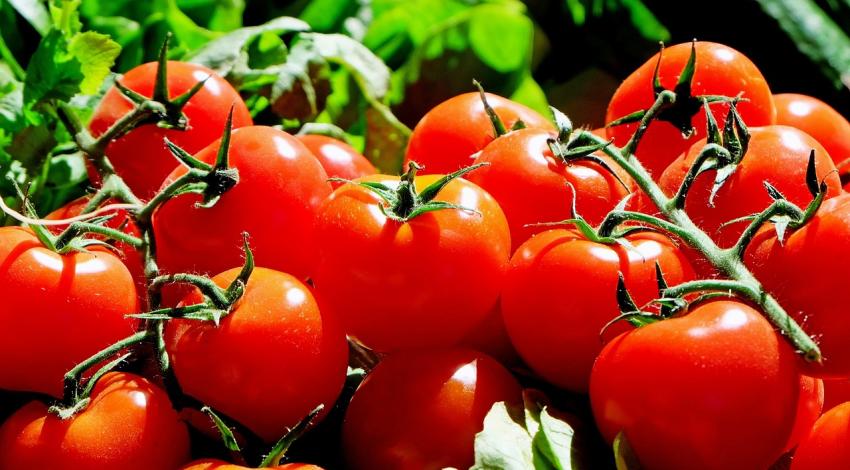Pizza sauce made from fresh tomatoes
pizza

Homemade pizza sauce crafted from fresh tomatoes brings vibrant flavor to your pies. This brief overview explains the benefits of using real tomatoes and sets the stage for a step-by-step approach to making sauce that rivals your favorite pizzeria’s.
The universe is hilarious! Like, Venus is 900 degrees. I could tell you it melts lead. But that’s not as fun as saying, ‘You can cook a pizza on the windowsill in nine seconds.’ And next time my fans eat pizza, they’re thinking of Venus! - Neil Degrasse Tyson
1 What you need
1.1 Utensils
- stick mixer
- a large pot
- a sharp knife
1.2 Ingredients
- Fresh tomatoes 1.5 kg
- Garlic, chopped 4 cloves
- Butter 25 grams
- Olive oil 2 tablespoons
- Small yellow onions 4 pcs.
- Freshly chopped basil 4 tablespoons
- Freshly chopped oregano 4 tablespoons
- White wine vinegar 2 tablespoons
- Salt 2 teaspoons
- freshly ground pepper 1 tsp.
2 What you need to do
- Put the tomatoes in a heat-resistant bowl
- Pour half a liter of boiling water over the tomatoes and let it soak for a minute
- Remove skin from the tomatoes
- Chop the tomatoes coarsely and set aside
- Put the olive oil and butter in the pot, turn up the heat and melt the butter
- Add the garlic and herbs, let i fry for a few minutes while stirring.
- Add the onions sprinkle with salt and pepper, let i fry for a few minutes
- Add the vinegar, stir and add the tomatoes
- Bring the tomato sauce to a boil and let it simmer for 1 hour without a lid.
- Flavor the sauce with salt and pepper and allow it to cool down
- Blend the sauce with a stick mixer
3 Historical Background
Tomatoes were introduced to Europe from the Americas in the 16th century, but it took centuries for them to become a key ingredient in Italian cuisine. Early pizzas used simple toppings like olive oil and herbs. By the 18th century, tomato-based sauces became popular in Naples, laying the groundwork for modern pizza. Using fresh tomatoes continues that tradition while giving you control over sweetness and acidity.
4 Pros and Cons
Fresh tomatoes yield a bright, tangy sauce that canned varieties can’t match. You also avoid additives like extra salt or preservatives. The trade-off is time—peeling and simmering tomatoes requires patience. If your local produce isn’t ripe, the sauce may taste watery, so choose firm, flavorful tomatoes whenever possible.
5 Actionable Tips
- Blanch tomatoes in boiling water for easy peeling before chopping.
- Simmer the sauce slowly to let flavors meld and excess liquid evaporate.
- Freeze any leftovers in small containers so you always have a batch ready for your next pizza night.
6 Conclusion
Making sauce from scratch elevates homemade pizza and connects you to centuries of Italian culinary evolution. With practice, you’ll dial in the perfect balance of herbs and acidity to match your favorite toppings.
7 Serving Suggestions
Use this sauce on classic Margherita pizza or as a dip for breadsticks. It also doubles as a quick pasta sauce when you need a fast weeknight meal. Consider adding a pinch of sugar if your tomatoes are slightly acidic.
8 Troubleshooting
If the sauce tastes bland, simmer it a bit longer to concentrate the flavors. For a richer texture, blend half of the mixture and mix it back into the pot. Should it end up too thick, add a splash of water or broth until you reach the desired consistency.
9 Exploring Regional Variations
In some parts of Italy, cooks add a small carrot during simmering to sweeten the sauce naturally. Others swear by a splash of red wine for depth. Feel free to test these techniques to discover which flavors best complement your homemade dough.
10 Conclusion
Crafting pizza sauce from fresh tomatoes may take a bit of extra effort, but the payoff is undeniable. You’ll savor a bright, aromatic base that elevates any pizza recipe and showcases the simple beauty of ripe tomatoes.